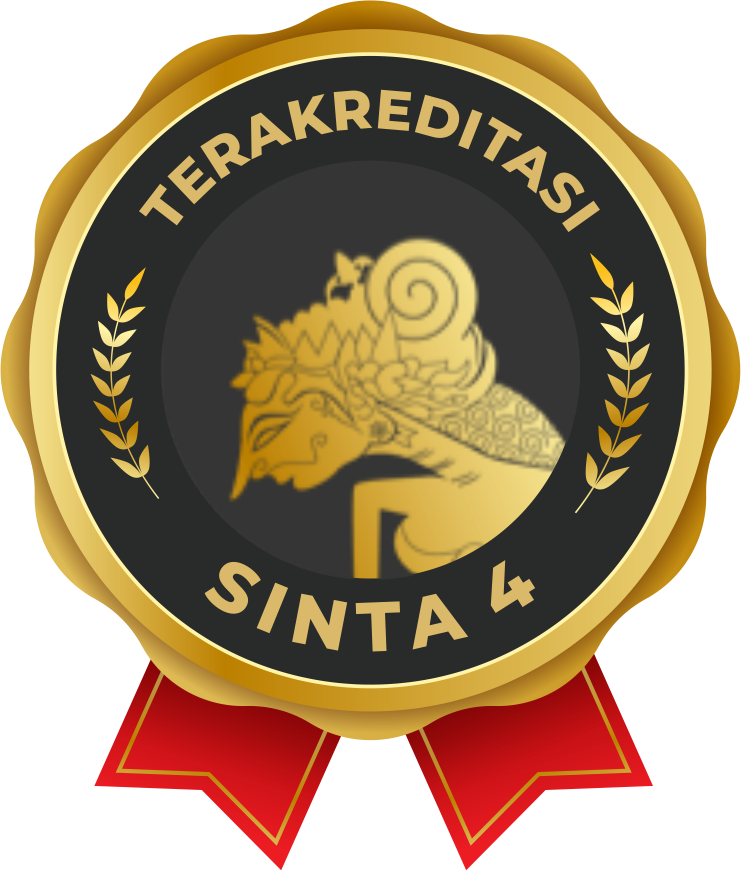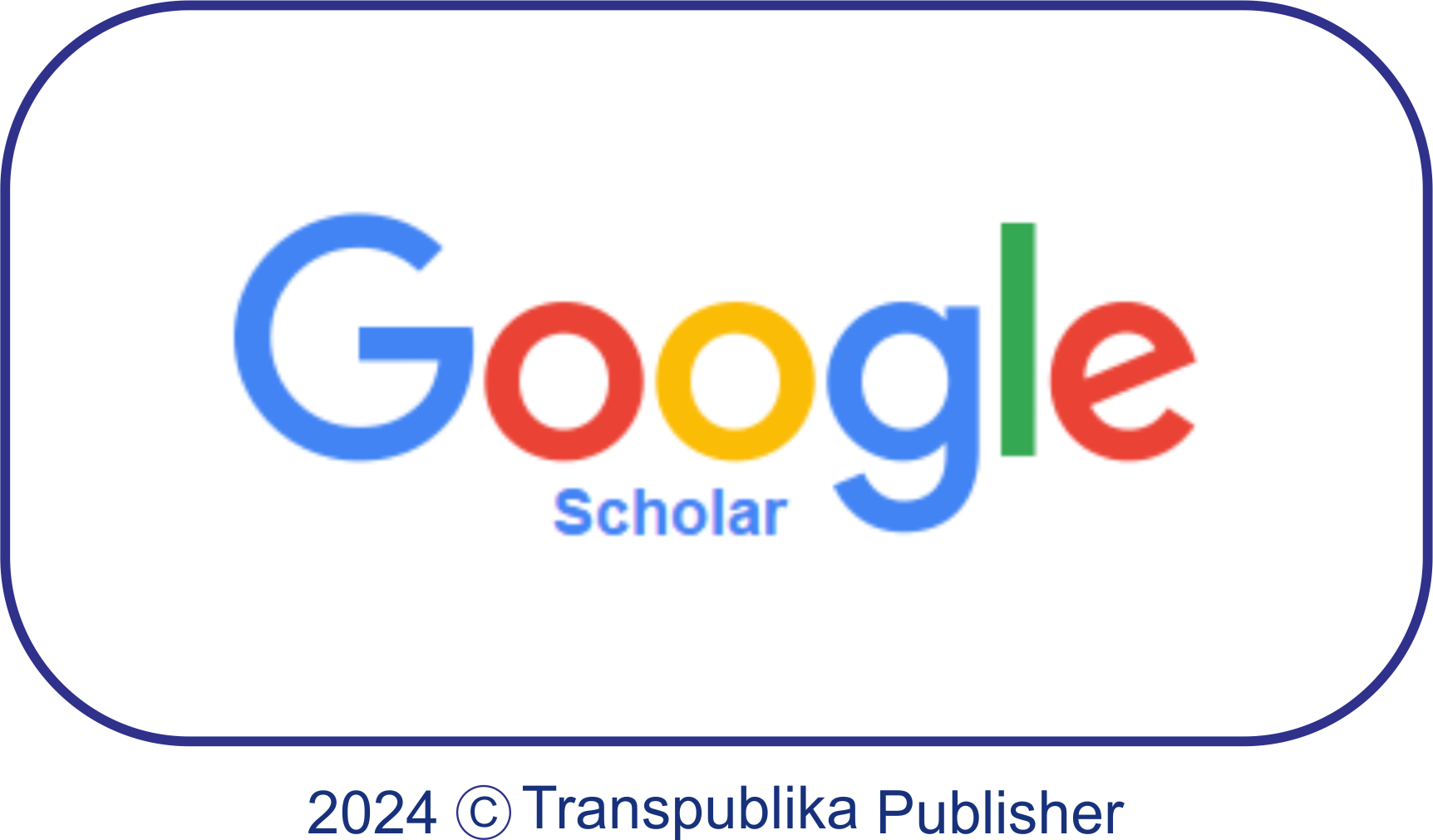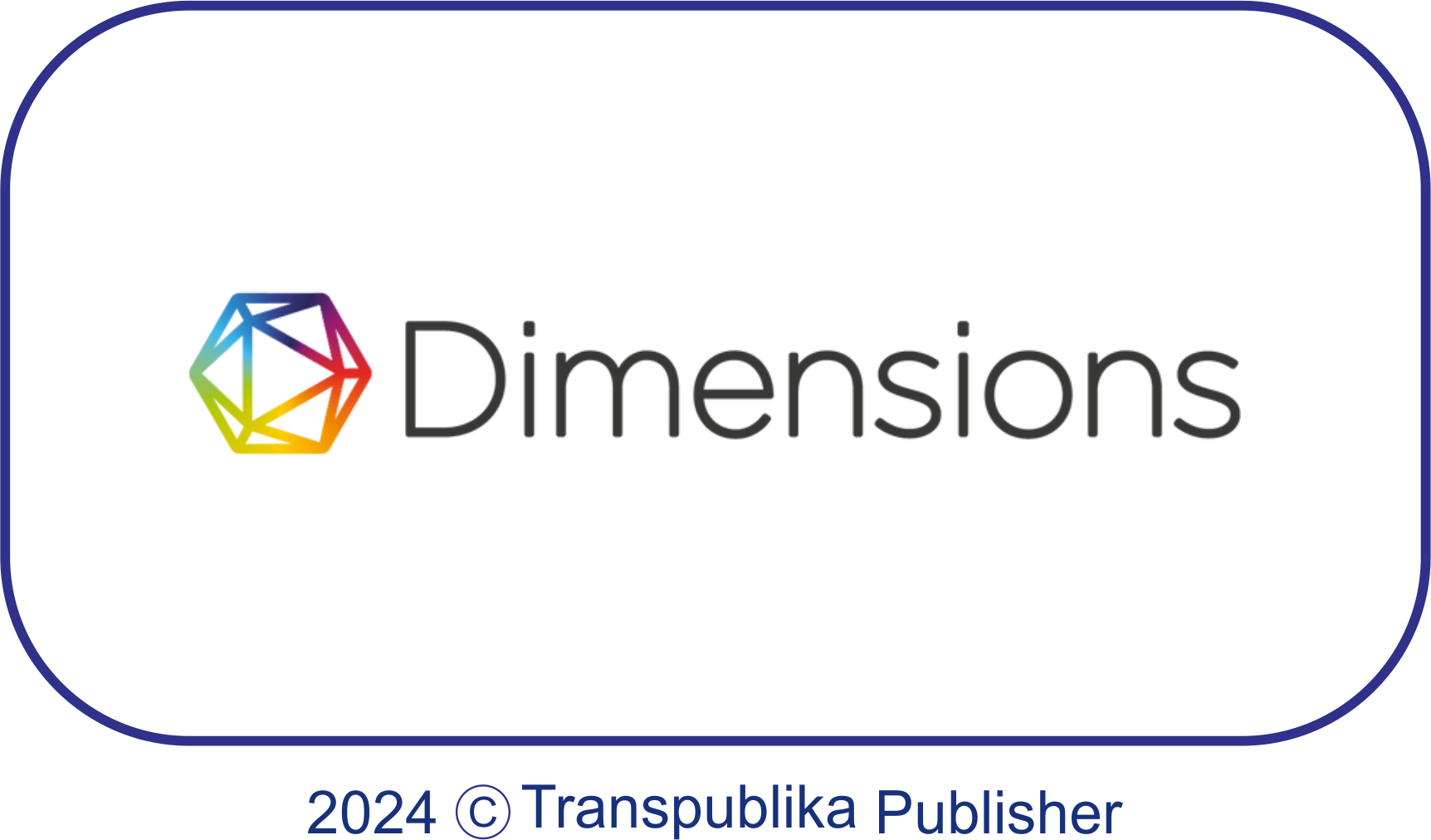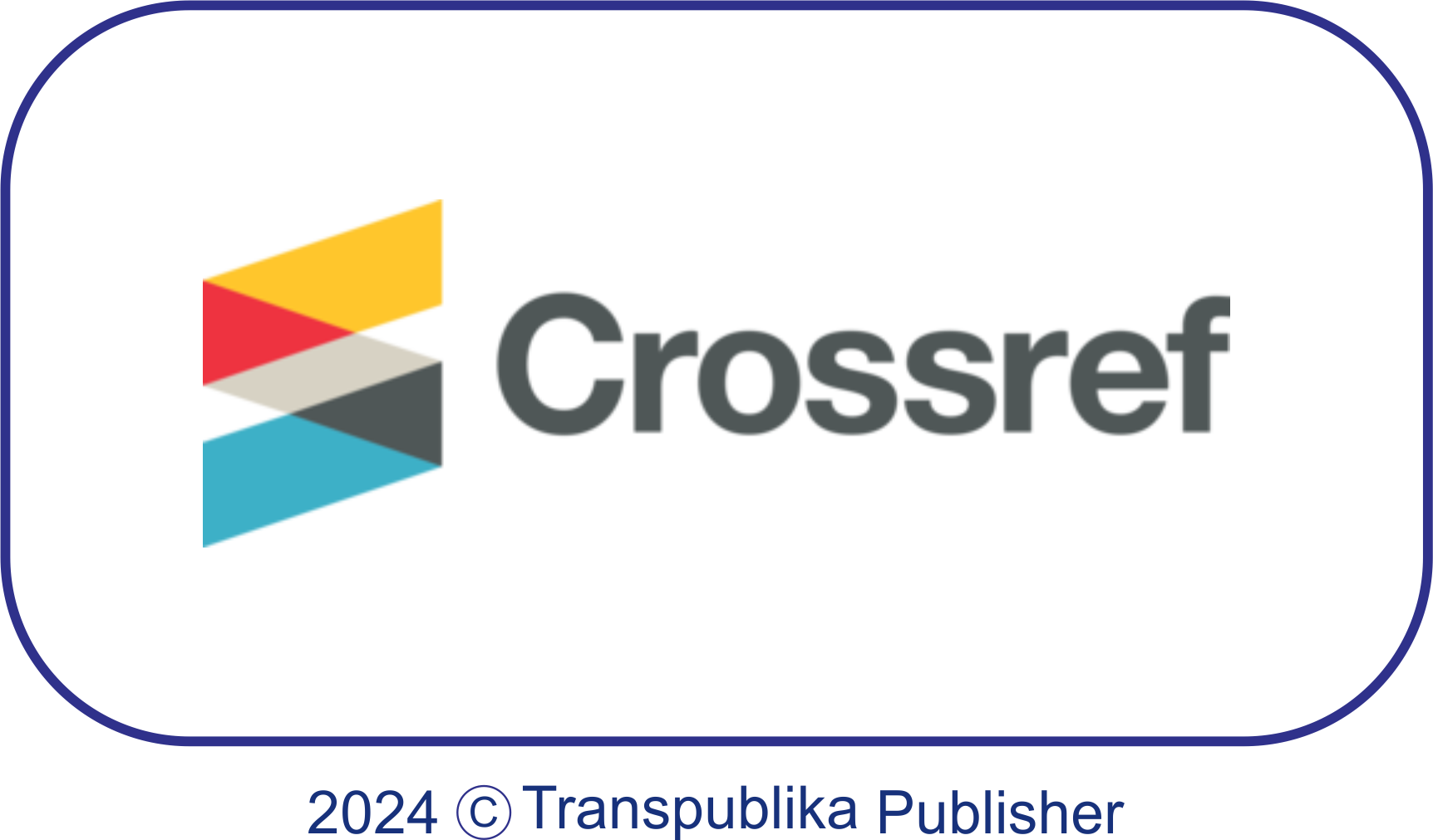THE INFLUENCE OF THE @SIAPDARLING TIKTOK ACCOUNT ON GO GREEN BEHAVIOUR
Abstract
The use of social media is utilised as a tool to find out information. One of them is information about Go Green behaviour. The social media in question in this case is social media with the TikTok account @siapdarling promoting information about lifestyle aspects of Go Green Behaviour. Go Green or also known as the greening movement is a social movement that seeks to protect and manage the surrounding natural environment in anticipation of a global crisis that can threaten environmental damage. The aim of this research was to investigate the impact of the Tiktok @siapdarling account on promoting environmentally friendly behaviour. This study employed the Explanatory Quantitative approach, with a focus on establishing and explaining the relationship between variables to test a hypothesis. The Slovin formula was utilised to determine the sample size of one hundred respondents from the followers of @siapdarling on Tiktok, with a margin of error set at ten per cent. Data was gathered through online questionnaires using google forms and analysed using SPSS version twenty-nine. The findings revealed a significant influence of the @siapdarling Tiktok account on encouraging Go Green Behaviour among its followers, while external factors also played a role in shaping behaviour. In general, this research provides benefits as information, insight, knowledge about Go Green Behaviour on the @siapdarling TikTok account and its followers, as well as being useful for academics who are interested in developing this research from a different perspective.
References
Akhter, R., & Sumi, F. R. (2014). Socio-cultural factors influencing entrepreneurial activities: A study on Bangladesh. IOSR Journal of Business and Management, 16(9), 1–10.
Amartha, M. R., & Anwar, F. (2023). Strategi kreatif membuat konten media sosial TikTok yang diminati remaja. Jurnal Sosial Dan Humaniora, 1(2), 259–270.
Amaruddin, H., Dardiri, A., Efianingrum, A., & Sutiyono, S. (2024). Popular Culture in Social Media & Online Games: Between Morality, Fear, and Expectations from Families and Schools. Journal of Education Culture and Society, 15(2), 617–632.
Ardiansyah, M., & Chanrico, W. (2023). Pengaruh Unggahan Instagram Go Green Terhadap Intensi Membeli Produk Organik Bagi Mahasiswa di Kota Batam. INTECOMS: Journal of Information Technology and Computer Science, 5(2).
Astuti, E., & Andrini, S. (2021). Intensitas penggunaan aplikasi TikTok terhadap perilaku imitasi remaja. Komunikologi: Jurnal Ilmiah Ilmu Komunikasi, 18(02).
Aulia, V., Tayo, Y., & Nayiroh, L. (2022). Pengaruh Konten Video TikTok@ aulion Terhadap Perilaku Kreatif Mahasiswa. Media Bina Ilmiah, 16(11), 7823–7830.
Azzuhra, A., & Adlina, H. (2023). The Effects of Brand Ambassador, Social Media Marketing, and Advertising Campaign of Somethinc Product on Purchase Intention: (Study on Somethinc Users in Medan City). Journal of Humanities, Social Sciences and Business, 3(1), 231–244. https://doi.org/10.55047/jhssb.v3i1.872
Clyde, I. (1997). Ignorance Is Not Bliss: The Importance of Environmental Information. Asia Pac. J. Envtl. L., 2, 253.
Damayanti, A. P., & Prasetyawati, H. (2023). Pengaruh Terpaan Berita Hoax dan Kepercayaan Masyarakat Terhadap Penyebaran Berita Hoax di Media Sosial Tiktok. Inter Script: Journal of Creative Communication, 5(1), 57–73.
Dewi, K. (2022). Hubungan Tingkat Pendidikan Formal Kepala Keluarga dengan Perilaku Peduli Lingkungan di Kelurahan Harapan Jaya, Kecamatan Bekasi Utara, Kota Bekasi. Universitas Negeri Jakarta.
Febrian, E. (2020). Tinjauan Yuridis Mengenai Pengawasan Terhadap Pedoman Perilaku Penyiaran Platform Media Sosial Di Indonesia.
Firmiana, M. E., Imawati, R., & Prasetya, M. R. (2012). “Go Green “Pelatihan Untuk Mendorong Perilaku Konservasi dan Pro Lingkungan bagi Santri Al Ghazali, Kota Bogor. Jurnal Al-Azhar Indonesia Seri Humaniora, 1(3), 125–135.
Fronika, W. (2019). Pengaruh Media Sosial Terhadap Sikap Remaja. Fak. Ilmu Pendidik. Univ. Negeri Padang, 1, 15.
Gratia, G. P., Merah, E. L. K., Triyanti, M. D., Paringa, T., & Primasari, C. H. (2022). Fenomena Racun Tik-Tok Terhadap Budaya Konsumerisme Mahasiswa di Masa Pandemi COVID-19. KONSTELASI: Konvergensi Teknologi Dan Sistem Informasi, 2(1).
Han, Y. (2020). Advertisement on Tik Tok as a pioneer in new advertising era: Exploring its persuasive elements in the development of positive attitudes in consumers. The Frontiers of Society, Science and Technology, 2(11), 81–92.
Katz, E., & Wedell, G. (1977). Broadcasting in the Third World: Promise and performance. Harvard University Press.
Khairuni, N. (2016). Positive and Negative Impacts of Social Media on Children’s Moral Education. Education, 92.
Kolbitsch, J., & Maurer, H. A. (2006). The transformation of the Web: How emerging communities shape the information we consume. J. Univers. Comput. Sci., 12(2), 187–213.
Kriyantono, R., & Sos, S. (2014). Teknik praktis riset komunikasi. Prenada Media.
Lawrence, N. W. (2014). Social research methods: Qualitative and Quantitative Approaches (7th ed.). Pearson Education.
Lorek, S., & Spangenberg, J. H. (2014). Sustainable consumption within a sustainable economy–beyond green growth and green economies. Journal of Cleaner Production, 63, 33–44.
Nabilah, F. S., Wiguna, J., Malafitri, N., & Zuhri, S. (2022). Optimalisasi Instagram@ Siapdarling sebagai media komunikasi sosial pembangunan untuk mengkampanyekan generasi muda sadar lingkungan. Jurnal Ilmiah Komunikasi Makna, 10(1), 17–27.
Nasution, S. (2009). Metode Research (penelitian ilmiah).
Pashtun, R. A. (2023). Navigating Social Media Privacy: An Analysis of Relationships, Time Dynamics and Contextual Factors. Social Science Chronicle, 3, 1–23.
Pierson, J., & Bauwens, J. (2015). Digital Broadcasting. Bloomsbury Publishing.
Purbaningrum, M., & Andrini, S. (2023). The Intensity Of Tiktok Application Users Towards The Creativity Of Generation Z In Jakarta. Journal Of Humanities Social Sciences And Business (Jhssb), 2(4).
Ramadani, R., Ramlawati, R., & Arsyad, M. (2020). Pengembangan Modul Pembelajaran Kimia Berbasis Augmented Reality. Chemistry Education Review, Pendidikan Kimia PPs UNM, 3(2), 152–162. https://doi.org/https://doi.org/10.26858/cer.v3i2.13315
Sartiyono, T. (2019). Penggunaan Prasarana dan Sarana Perkantoran Berbasis Go Green. Simantu (Kemenpur).
Sihombing, S. O. (2024). From Image To Voting Intention: The Role of Attitude in Connecting Social Media Influence and Candidate Perception in Indonesian Elections. Penerbit NEM.
Sihotang, H. (2023). Metode penelitian kuantitatif. Uki Press.
Singaraju, S. P., Nguyen, Q. A., Niininen, O., & Sullivan-Mort, G. (2016). Social media and value co-creation in multi-stakeholder systems: A resource integration approach. Industrial Marketing Management, 54, 44–55.
Sugiyono, S. (2013). Metode penelitian kualitatif. Bandung: Alfabeta.
Tiara, N. F. (2023). Pengaruh Media Sosial dan Kreativitas Siswa terhadap Hasil Belajar pada Mata Pelajaran TIK di Kelas VIII SMP Negeri 10 Pontianak, IKIP PGRI Pontianak. IKIP PGRI Pontianak.
Tucker, M. (1995). Carbon dioxide emissions and global GDP. Ecological Economics, 15(3), 215–223.
Wang, S.-K., Hsu, H.-Y., & Green, S. (2013). Using social networking sites to facilitate teaching and learning in the science classroom. Science Scope, 36(7), 74–80.
Copyright (c) 2025 Muhammad Ghazian H. P., Susi Andrini

This work is licensed under a Creative Commons Attribution 4.0 International License.










.png)




.png)
.png)











.jpg)
.png)


